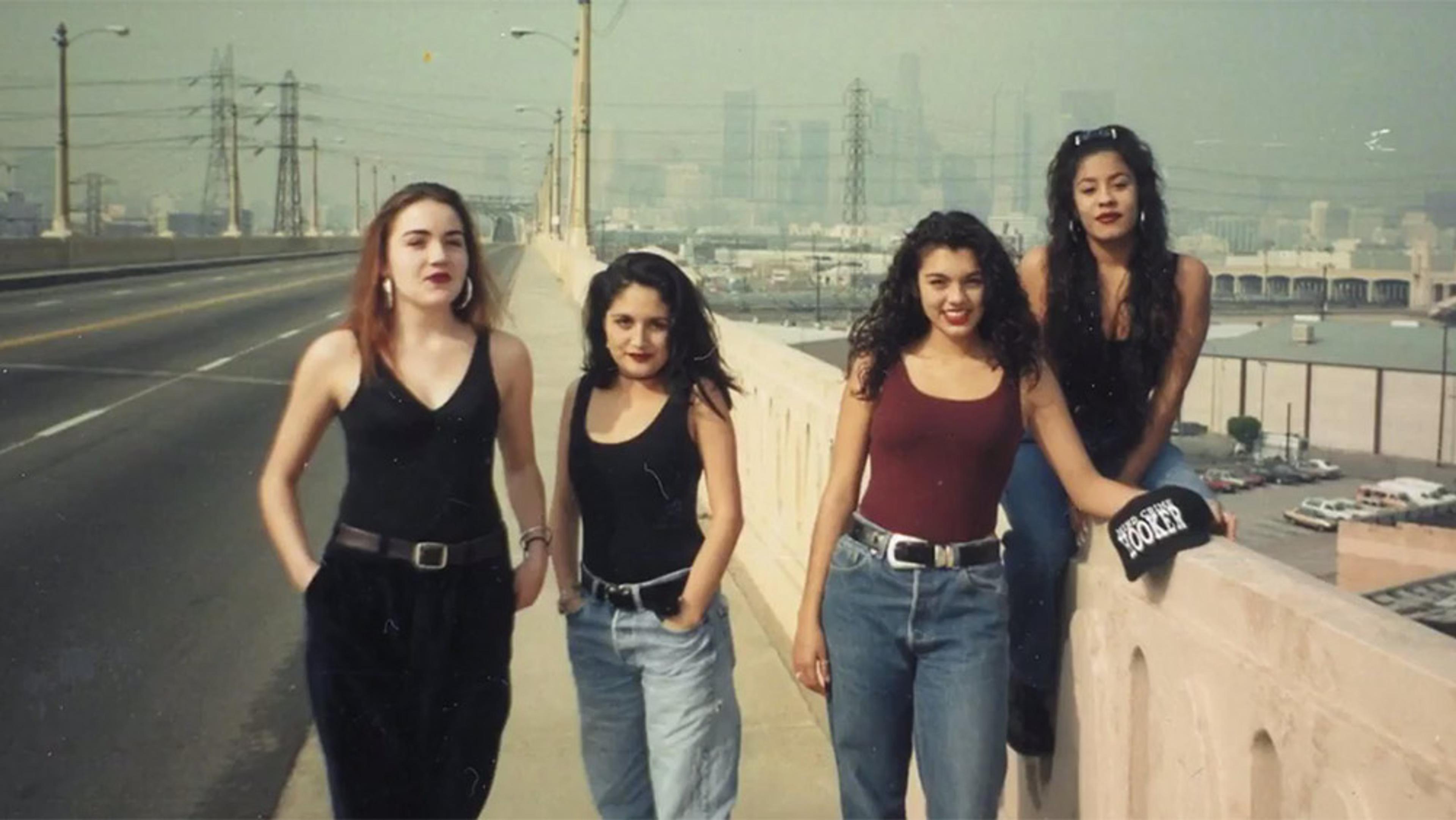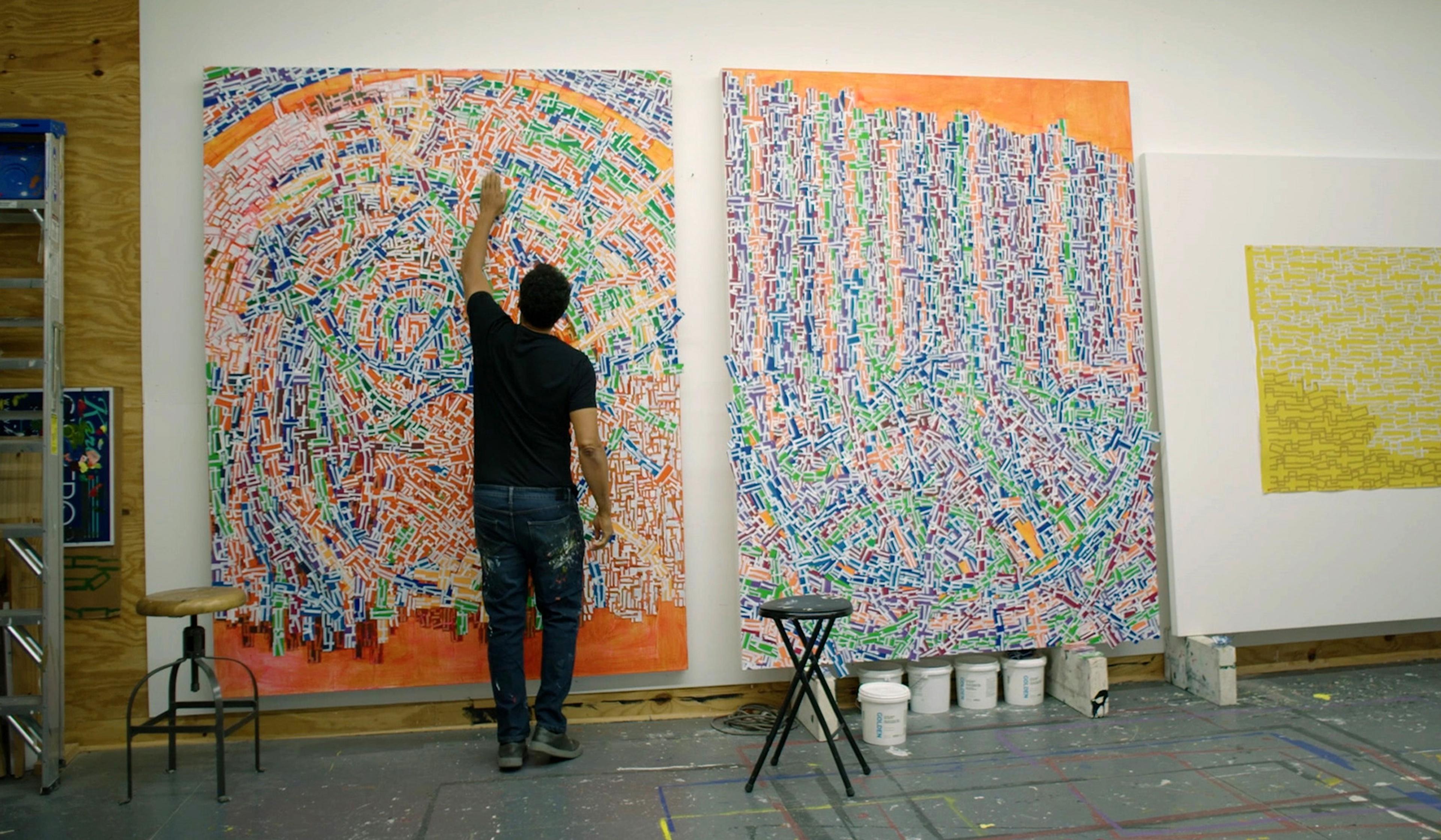The National Housing Act of 1934, part of Franklin Delano Roosevelt’s ‘New Deal’ following the Great Depression, was aimed at making home ownership affordable for lower-income Americans. However, the maps that were drawn up by the government-sponsored Home Owners’ Loan Corporation (HOLC), which was intended to prevent new homeowners from defaulting on their loans, in fact targeted minorities by making race and country of birth important zoning categories. The practice of relegating homebuyers considered ‘hazardous’ to creditors to certain sections of the city became known as ‘redlining’ due to the districts’ red colour on HOLC maps. Although the Fair Housing Act of 1968 prohibited discriminatory housing practices, it is rarely enforced, and the devastating effects of redlining are still strikingly obvious today in almost every US city. This video essay explains how redlining continues to touch almost every facet of daily life, including health, education, wealth and policing, for urban minorities in the US.
Why racial segregation is a design feature, not a bug, of US cities

videoFairness and equality
Black ghettos are no accident – how state-sponsored racism shaped US cities
18 minutes

videoRace and ethnicity
On growing up biracial in the US in the wake of the interracial marriage bans’ end
9 minutes

videoRace and ethnicity
Turning the blindspots of bigots into business opportunities in the Jim Crow South
6 minutes

videoHuman rights and justice
Court fees and minor fines are leading to debilitating cycles of incarceration in the US
15 minutes

videoEconomics
A tour of New York’s gaudiest neighbourhood with the Marxist geographer David Harvey
13 minutes

videoPoverty and development
Who wins and who loses when art galleries move into a residential, Latino neighbourhood?
10 minutes

videoArt
‘If you’re creative, why can’t you create a solution?’ One artist’s imaginative activism
17 minutes

videoHuman rights and justice
The legendary debate that laid down US political lines on race, justice and history
59 minutes

videoRace and ethnicity
A routine police stop quickly turns perilous for a black man in this Emmy®-winning short
3 minutes